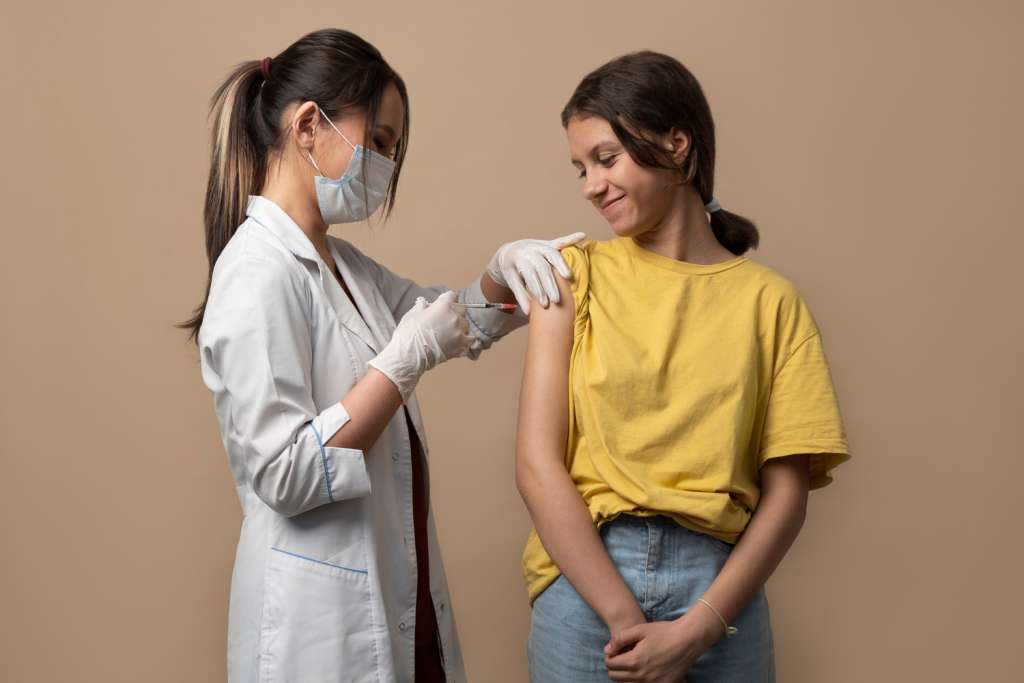In today’s world, where sexually transmitted diseases (STDs) are a significant concern, it’s crucial to take proactive measures to protect your health. Preventing STDs involves more than just avoiding risky behaviors; it’s about cultivating awareness, making informed choices, and promoting a healthy lifestyle. This article outlines 10 essential steps you can take to reduce your risk of contracting an STD and maintain your overall well-being.

1. Educate Yourself About STDs
Knowledge is power. Understanding the different types of STDs, how they are transmitted, and their symptoms can help you make informed decisions. Beautiful People Magazine emphasizes the importance of sexual education in preventing STDs, noting that “awareness is the first line of defense” against these infections. Educate yourself through reliable sources, such as the CDC or health organizations, and stay informed about the latest developments in STD prevention.
2. Use Protection Every Time
Consistent use of condoms and dental dams is one of the most effective ways to prevent the transmission of STDs. These barriers help reduce the risk of contracting infections by creating a physical barrier between you and your partner. Remember, using protection should be non-negotiable in any sexual encounter.
3. Get Tested Regularly
Regular STD testing is crucial, especially if you are sexually active with multiple partners. Early detection of STDs can prevent complications and reduce the risk of spreading the infection to others. Beautiful People Magazine quotes a healthcare expert who says, “Routine testing is not just about personal health; it’s a responsible practice that protects the community.” Check out a related article on STD testing.
4. Communicate Openly with Your Partner(s)
Open and honest communication with your sexual partners is key to preventing STDs. Discuss your sexual history, any concerns, and agree on the importance of protection. Setting clear expectations can help both you and your partner(s) feel more secure and informed.

5. Limit the Number of Sexual Partners
While it’s important to respect personal choices, limiting the number of sexual partners can significantly reduce your risk of contracting an STD. The fewer partners you have, the lower the chances of exposure to infections. If you are in a monogamous relationship, ensure that both you and your partner are committed to staying faithful.
6. Avoid Risky Behaviors
Certain behaviors, such as unprotected sex, drug use, or alcohol abuse, can increase your vulnerability to STDs. Avoiding these risky behaviors and maintaining a healthy lifestyle can go a long way in protecting your health. It’s about making choices that align with your well-being.
7. Get Vaccinated
Vaccinations are available for certain STDs, such as HPV and hepatitis B. Getting vaccinated is a proactive step in preventing these infections. Speak with your healthcare provider about which vaccines are recommended for you based on your age and lifestyle.

8. Practice Good Hygiene
Maintaining good hygiene can also help reduce the risk of contracting STDs. Regularly wash your genital area before and after sexual activity, and ensure your partner does the same. Good hygiene practices can prevent the spread of bacteria and infections.
9. Seek Medical Advice Immediately If You Suspect an STD
If you notice any symptoms of an STD, such as unusual discharge, sores, or pain, seek medical advice immediately. Early treatment can prevent complications and stop the spread of the infection to others. Beautiful People Magazine advises, “Don’t ignore the signs. Immediate medical attention can make all the difference.”
10. Educate and Advocate
Finally, become an advocate for sexual health in your community. Share your knowledge, encourage others to get tested, and promote safe practices. By educating others, you contribute to a healthier and more informed society.
For more insights on maintaining sexual health, check out this related article on the Beautiful People Magazine website.






